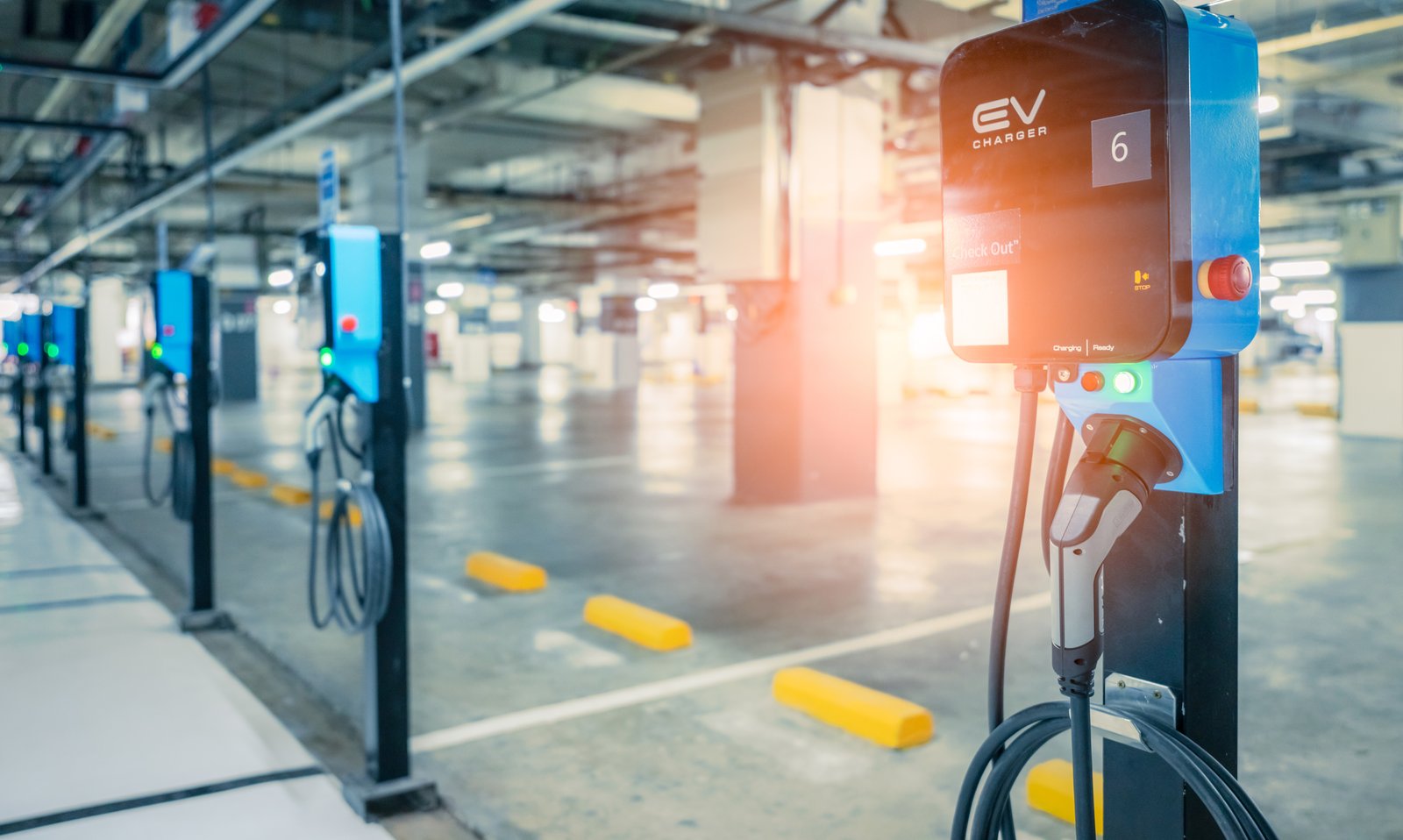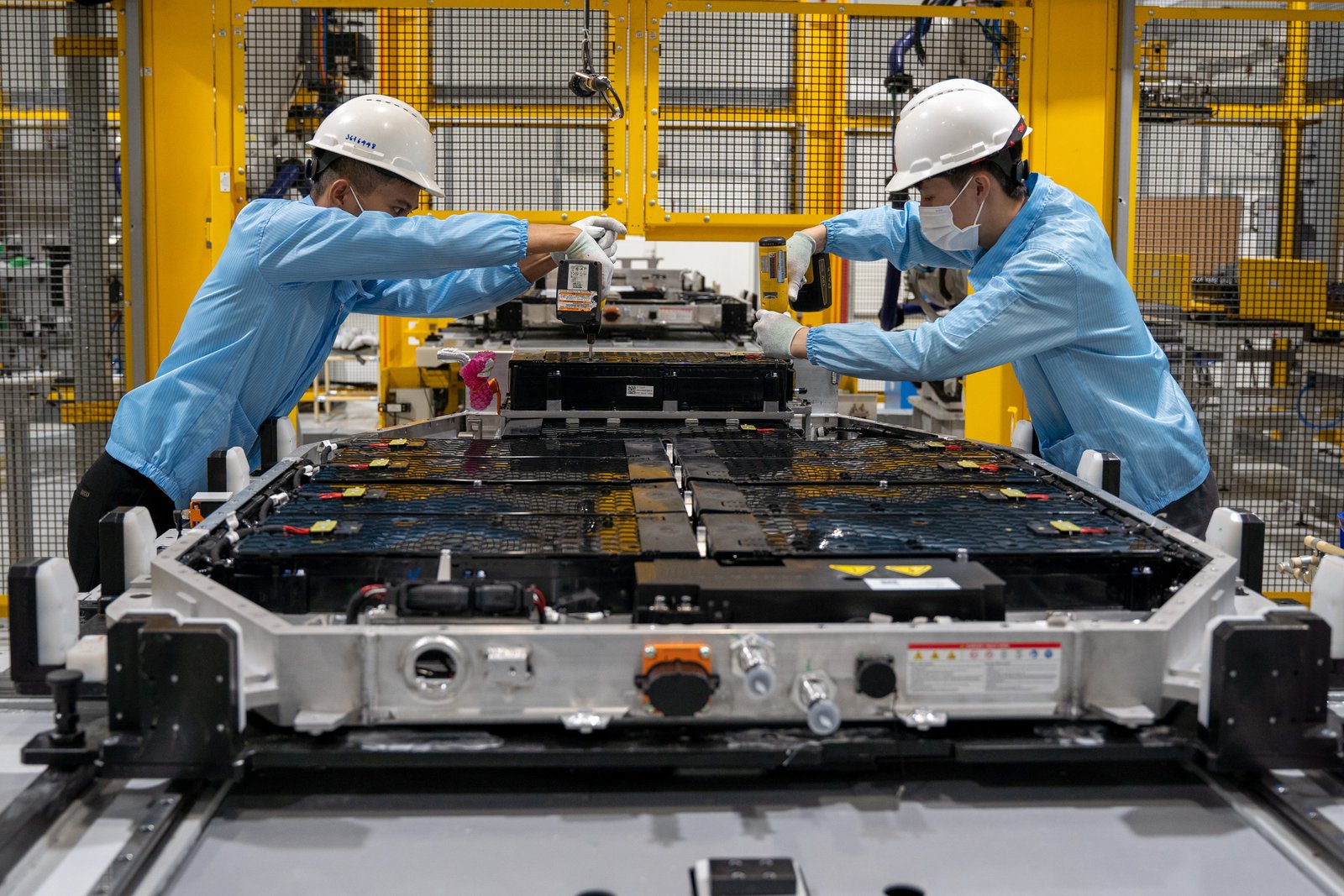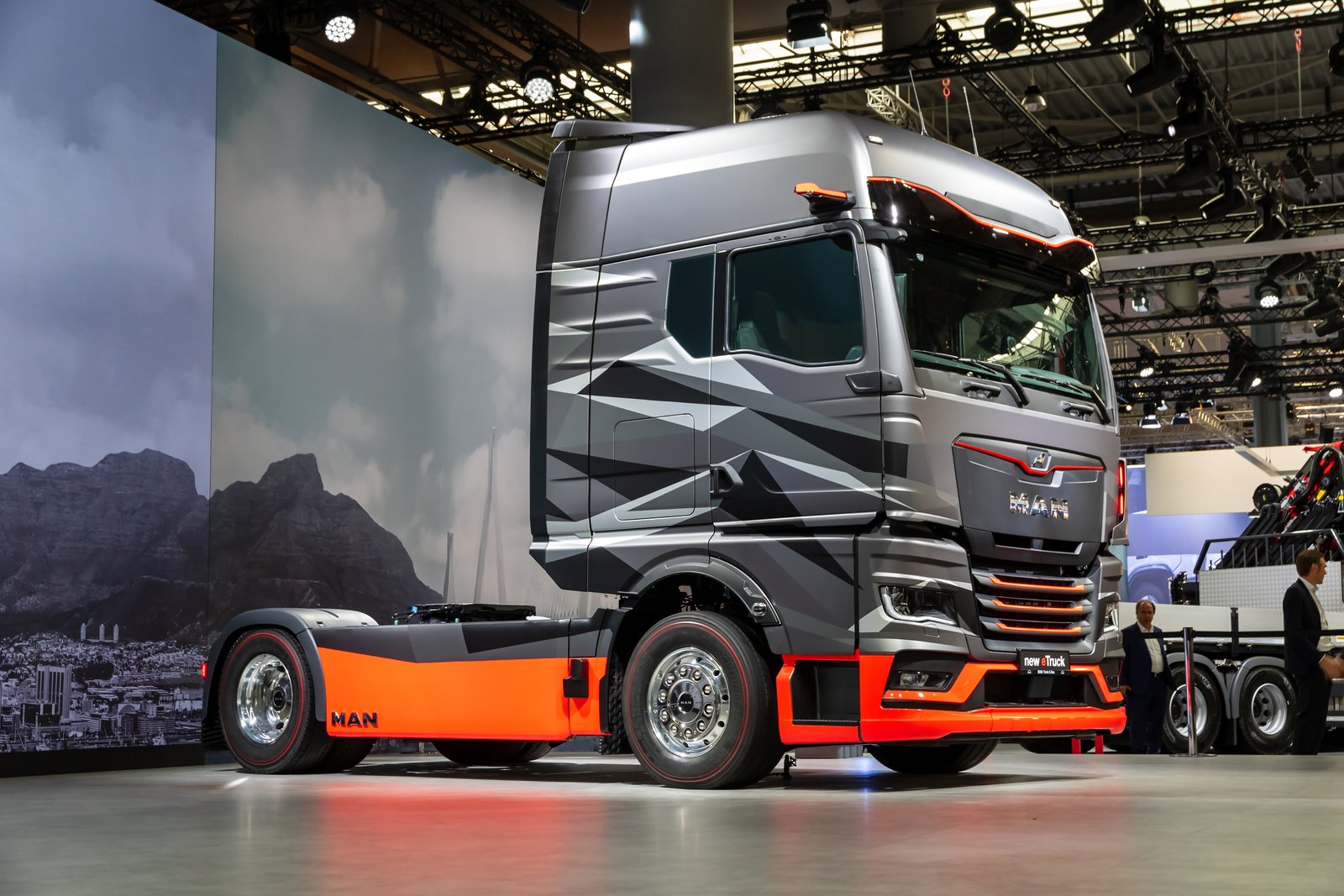The growing need for a high-power charging solution to meet the demands of the truck and bus industry has given rise to the Megawatt Charging System (MCS). This innovative charging system, designed for large battery electric vehicles, is making waves with its capability to charge at a maximum rate of 3.75 megawatts, setting a new standard for charging efficiency. Expected to be published as a standard and commercially rolled out in 2024, the MCS is poised to play a pivotal role in the electrification of heavy-duty vehicles, including trucks, buses, marine vessels, aeronautics, and mining equipment.
Significance and Use Case of MCS
The MCS's ability to charge at an unprecedented rate of 3.75 megawatts holds immense significance for the truck and bus industry. One of the key advantages is its potential to enable fast and efficient charging during mandated break times, aligning with hours-of-service regulations for drivers. These regulations necessitate periodic breaks during the drive cycle, and the increased charge rate offered by MCS allows drivers to cover more distance per day without compromising on charging time.
In practical terms, the European Union, for instance, requires a 45-minute break after every 4.5 hours of driving, while the United States mandates a 30-minute break after 8 hours. The MCS, by aligning with these regulations, becomes a catalyst for improved electrification in commercial vehicles and long-distance haulage.
However, the adoption of MCS may not be universal among commercial fleet owners. While some may find it beneficial for rapid charging during breaks, others may prefer slower, overnight charging at depots, depending on their duty cycles. This highlights the importance of optimizing site design for the lowest power solution that meets specific use case requirements.

Challenges in Implementing MCS
Implementing MCS presents unique challenges, primarily due to its design for significantly higher current and power compared to conventional charging systems like CCS. Commercializing chargers with a rated power of 1 MW requires substantial investment, involving installation and grid upgrade costs. On-site energy storage and solar-supplemented solutions are also recommended to mitigate demand charges.
Collaboration between fleet operators, original equipment manufacturers (OEMs), and utility providers becomes crucial to ensure the proper capacity for this new technology is in place. Additionally, truck OEMs, which source battery packs from third parties, need to align the voltage requirements, battery density, cooling aspects, connectors, and battery management systems with MCS specifications. These changes contribute to the overall cost, making infrastructure deployment and cost optimization essential considerations for the successful implementation of MCS.
MCS Player Landscape
The development and deployment of MCS involve a collaborative effort across industries, with various players contributing along the value chain. Leading electric vehicle supply equipment (EVSE) hardware suppliers are actively developing their own megawatt-capable charging stations, while component suppliers, such as cable and connector manufacturers, are aligning their products with MCS specifications.
Interestingly, the landscape includes the unexpected divergence of Tesla's approach. Contrary to expectations, the Tesla Semi is not using the MCS connector. Instead, Tesla has opted for a dedicated, proprietary connector, indicating potential variations in charging standards within the industry. This divergence prompts considerations about the interoperability of charging infrastructure as the electric truck market continues to evolve.
Joint ventures, such as Milence formed by Daimler Truck, TRATON GROUP, and the Volvo Group, underscore the collaborative efforts to deploy DC public charge points, encompassing both CCS and MCS technologies. Forecasts indicate a significant growth trajectory for DC chargers capable of megawatt charging, with a projected Compound Annual Growth Rate (CAGR) of 43% over the next decade.

Can MCS Outshine Hydrogen?
The intriguing aspect of businesses, including Daimler Trucks, simultaneously supporting MCS and investing in hydrogen fueling raises questions about the future landscape of electric trucking. A dual-track strategy in electrification, encompassing both battery-electric and hydrogen-based drivetrains, is emerging.
Despite this dual-track approach, research suggests that MCS adoption for electric trucks could potentially diminish the need for hydrogen fuel cell trucks. MCS offers high charging efficiency, converting a substantial portion of electricity into usable energy and minimizing waste. In contrast, the hydrogen production process, coupled with transportation and conversion in fuel cell trucks, involves multiple energy conversion steps, resulting in greater energy losses.
Moreover, the complexity and cost of establishing hydrogen fueling infrastructure present challenges, requiring dedicated facilities for hydrogen production, storage, and distribution. In contrast, MCS exhibits flexibility by drawing power from various sources, including renewable energy like wind, solar, and hydropower. This adaptability allows for a cleaner and more sustainable energy mix compared to hydrogen production, often reliant on fossil fuels.
In conclusion, the emergence of MCS marks a significant leap forward in addressing the charging needs of heavy-duty electric vehicles, offering a glimpse into the future of efficient and rapid charging for diverse applications. As the industry navigates the challenges and opportunities presented by MCS, its role in shaping the trajectory of electric trucking remains a focal point for stakeholders across the automotive and energy sectors.



